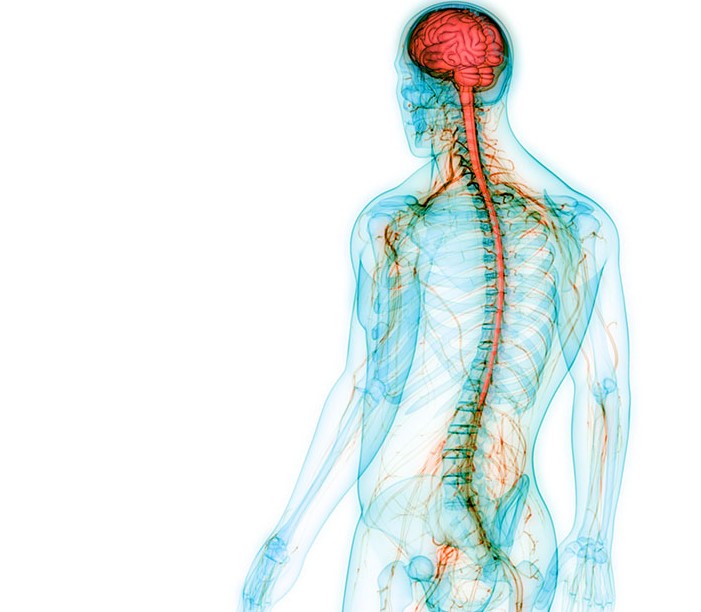A major control system of homeostasis is the nervous system. All systems in the human body and other organisms are monitored, responded to, and regulated by this organ. As far as the body is concerned, it affects the tiny level of individual cells all the way up to the level of the whole.
Throughout the body, receptors are constantly monitoring conditions and watching for changes. Signals are sent through the nervous system when a body system leaves a set point and falls outside its normal range, triggering responses to restore the system to its normal range. Homeostasis is the process of maintaining balance.
Millions of years have passed since these intricate and complicated processes evolved. A thermoreceptor senses temperature changes and a mechanoreceptor senses pressure changes in the skin. Signals are sent from the sensors to the brain, which allows the brain to detect potentially dangerous situations.
Additionally, nerves cause muscles to contract, moving the skeleton’s bones, enabling animals to evade predators and fight. To maintain homeostasis in the body, the ability to perceive the environment and respond to it is crucial.
Vision
In addition to maintaining homeostasis, the nervous system is intricately involved in visual perception. Human eyes have a thin layer of nerve tissue called the retina covering the rear. There are millions of photoreceptor cells, ganglion cells, and bipolar cells in this tissue.
Via the optic nerve, light is detected by the cells and electrical information is transmitted to the brain, resulting in visual perception. Also controlled by the nervous system, pupil dilation optimizes the amount of light entering the eye. Animals can escape danger and find food and mates thanks to their vision.
Core Temperature
The nervous system is also responsible for regulating the core temperature of the body. When conditions are too warm and body temperature rises, the blood vessels dilate causing heat loss to the environment.
Nerves trigger sweat glands to release fluid that evaporates and cools the skin. Conversely, a drop in core temperature makes blood vessels constrict to conserve heat. The nervous system also triggers muscles to shiver to generate heat and warm the body.
The Autonomic Nervous System
The autonomic nervous system is comprised on the sympathetic and parasympathetic nervous systems which both have critical homeostatic functions. The sympathetic system innervates the heart and increases heart rate and the force of its contractions.
It also controls the constriction of blood vessels and dilation of bronchioles in the lungs. The parasympathetic system has the opposite effects on the heart and lungs but is has no effect on blood vessels.

